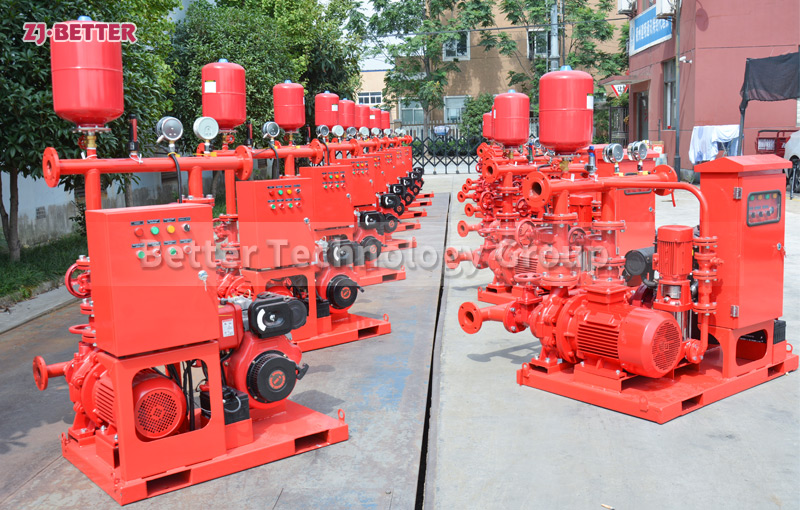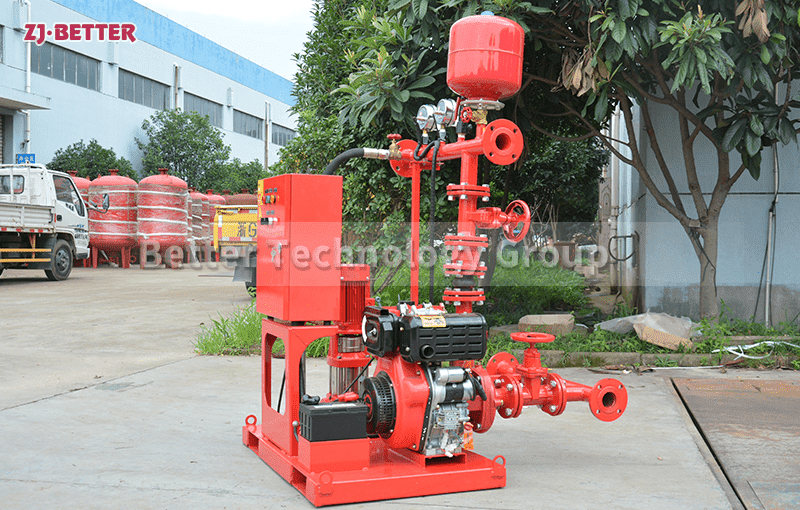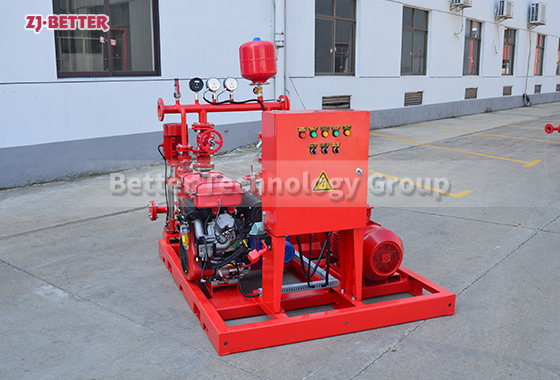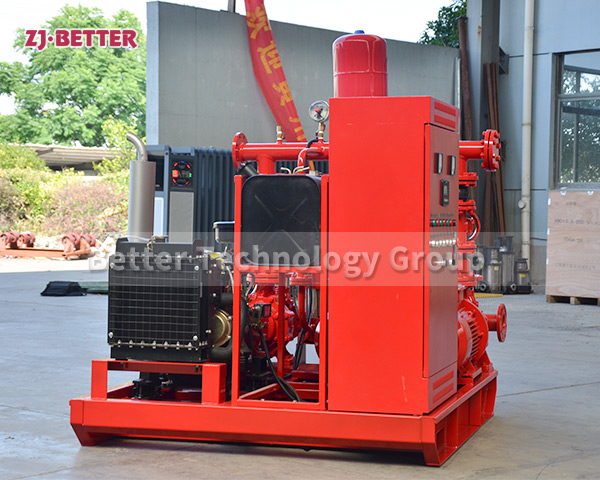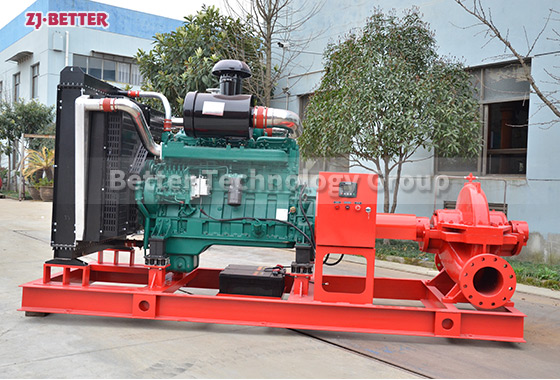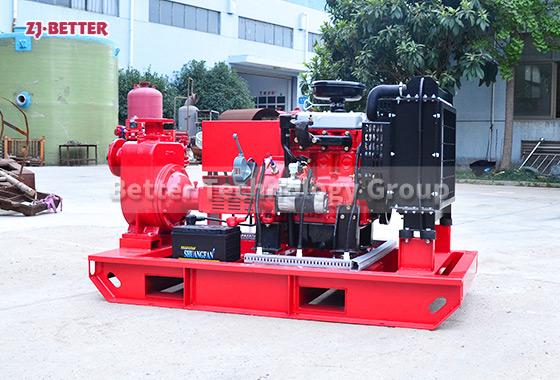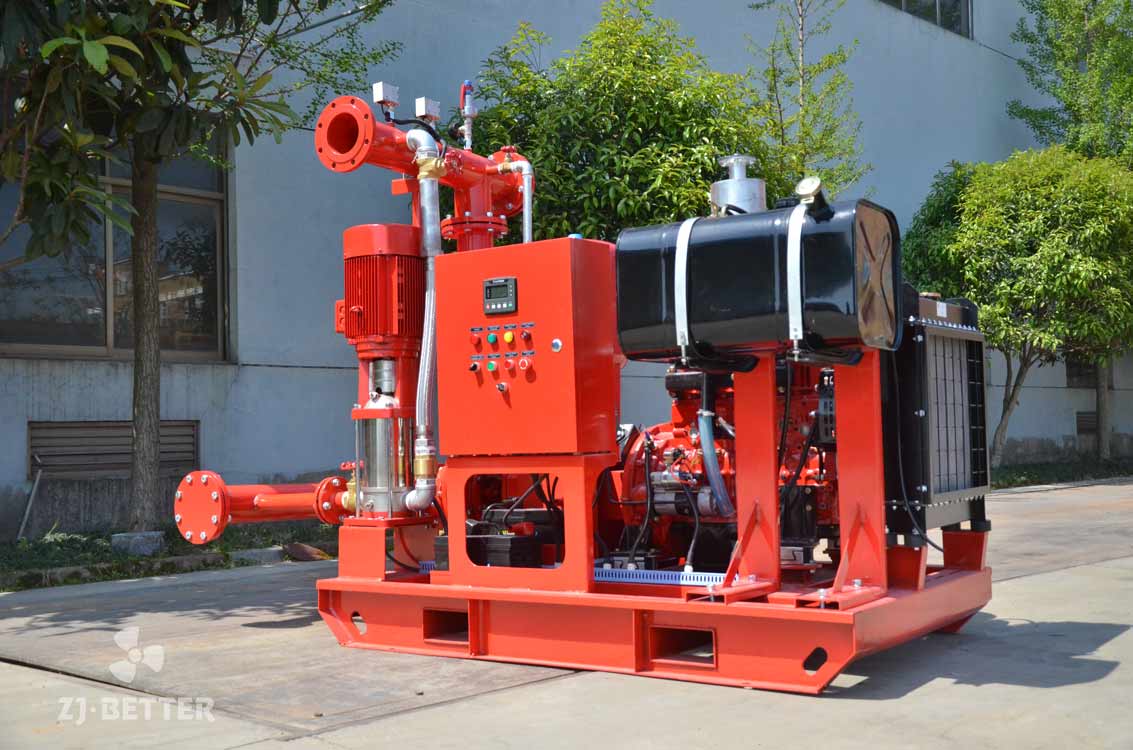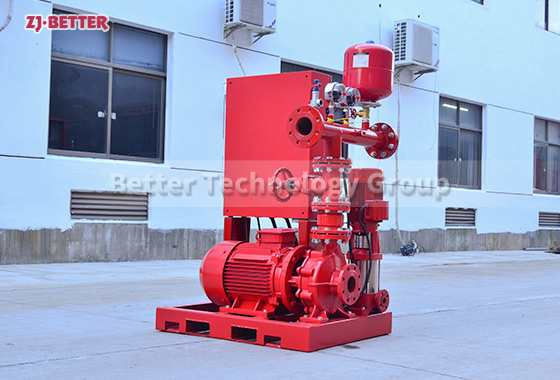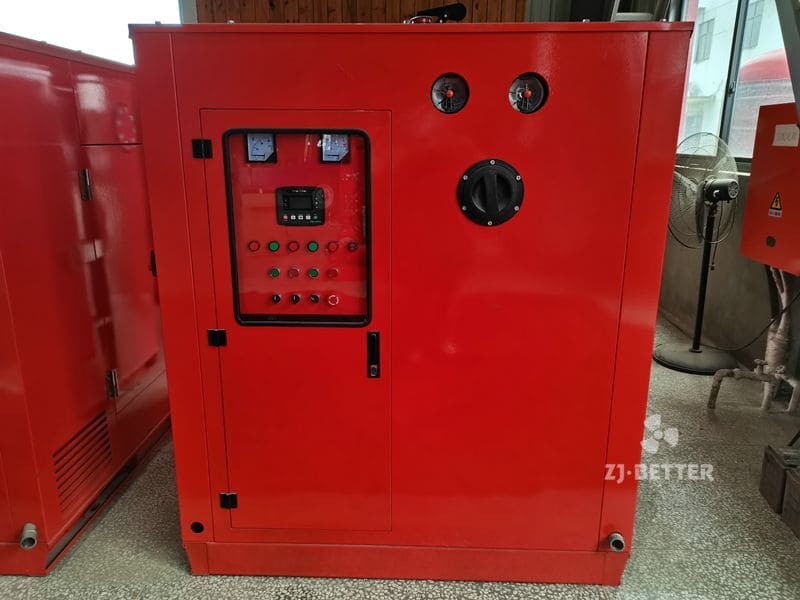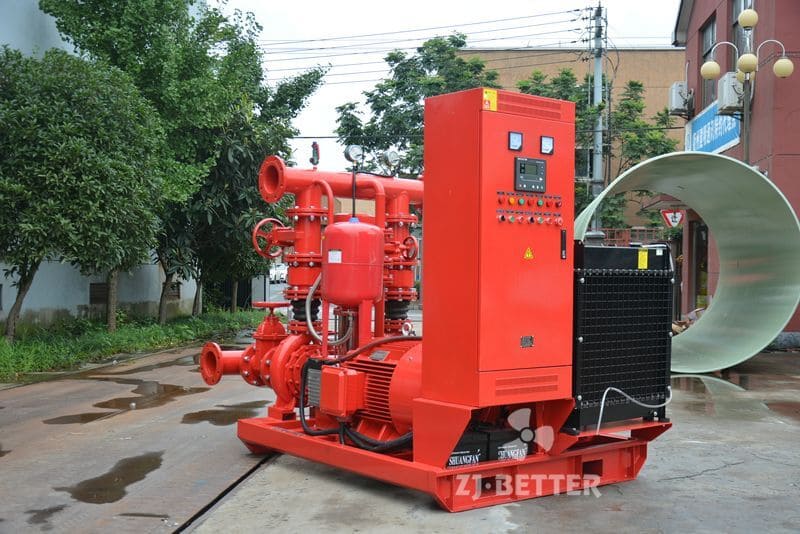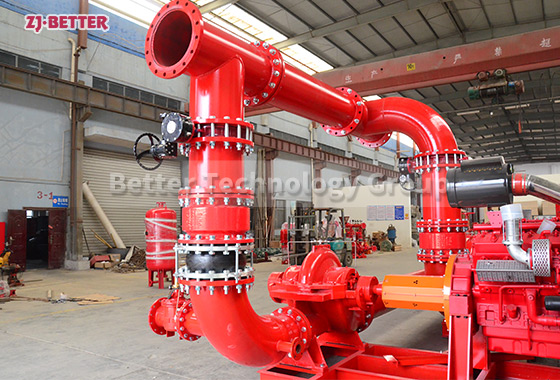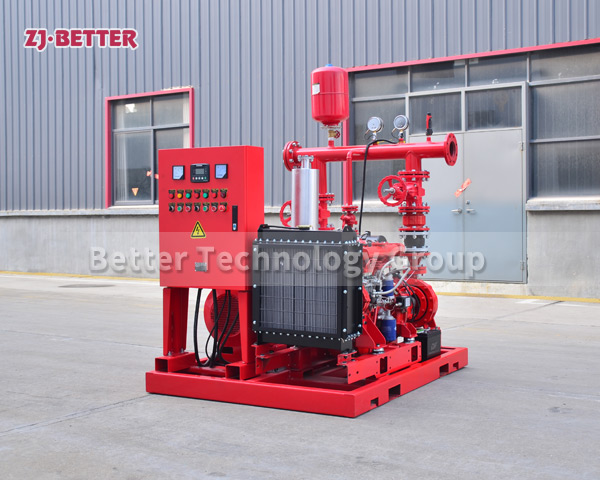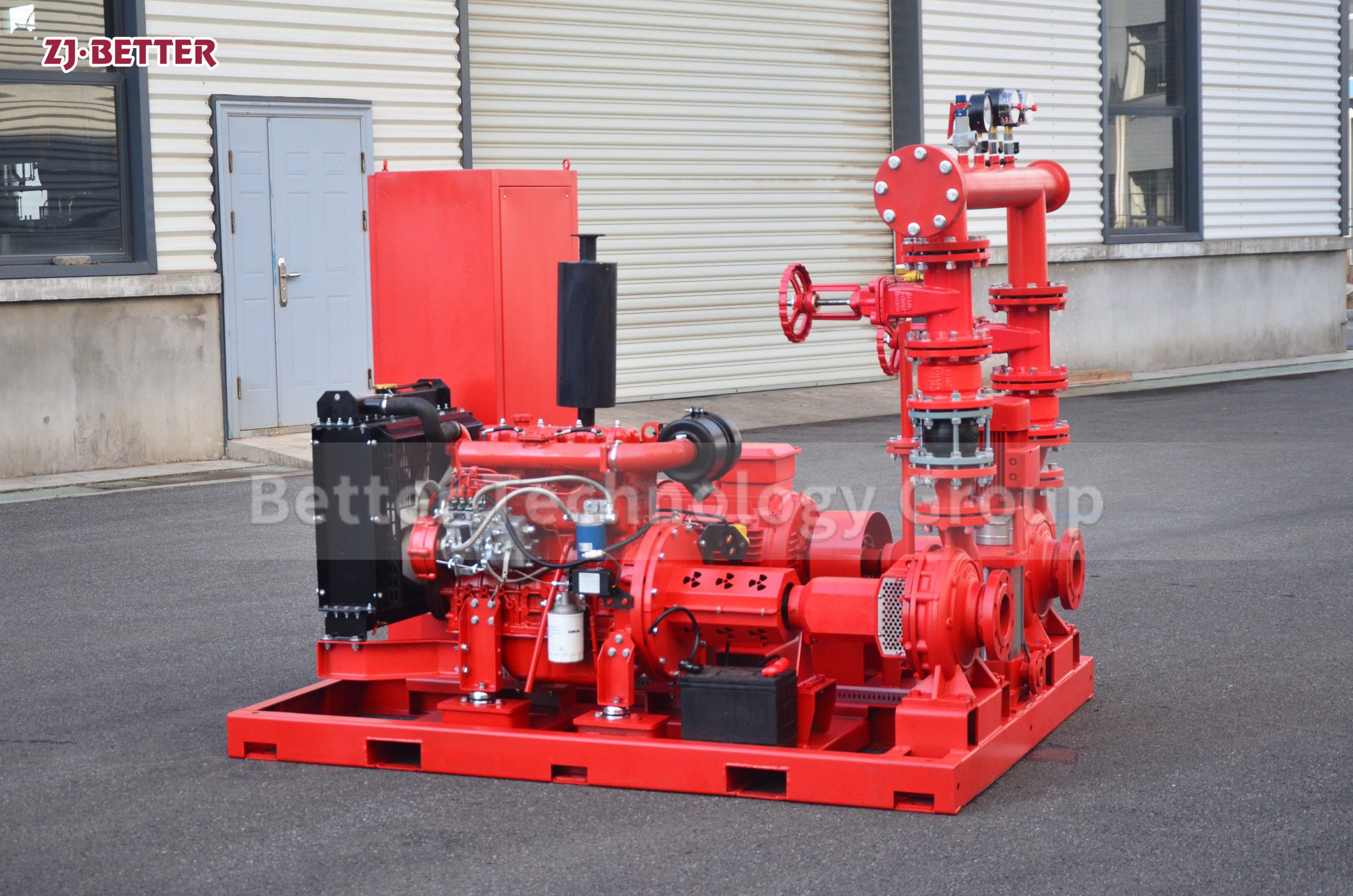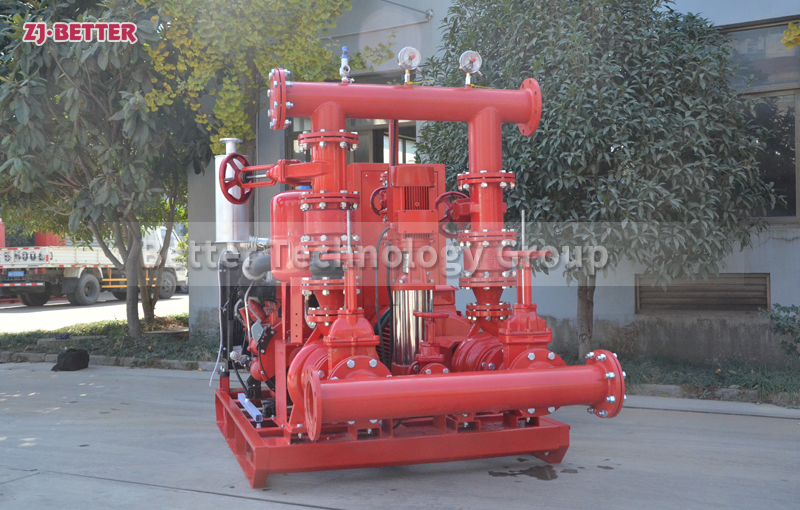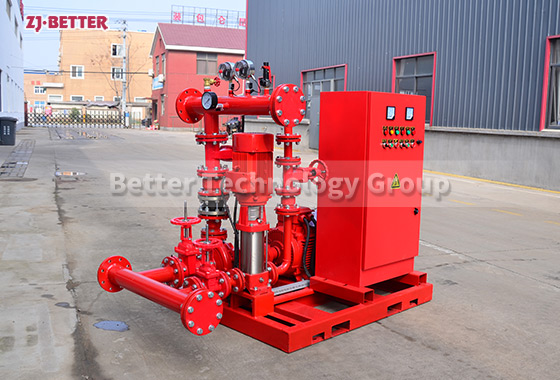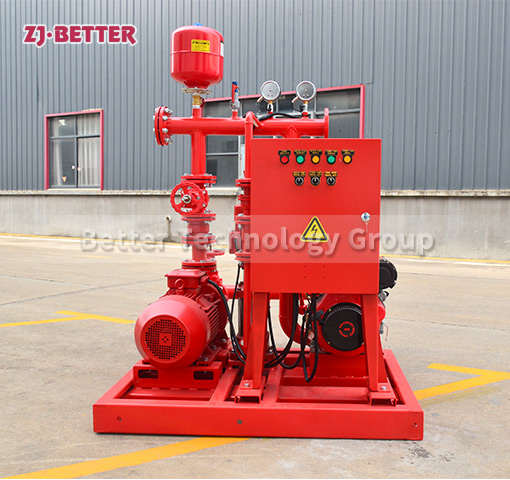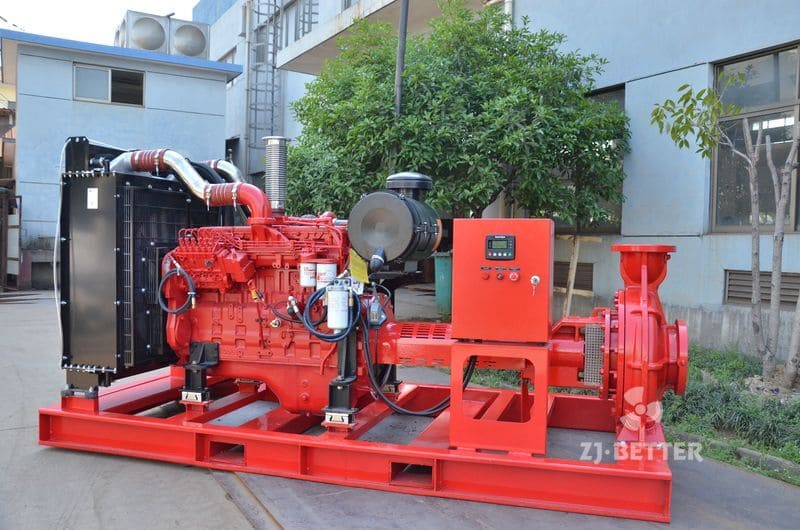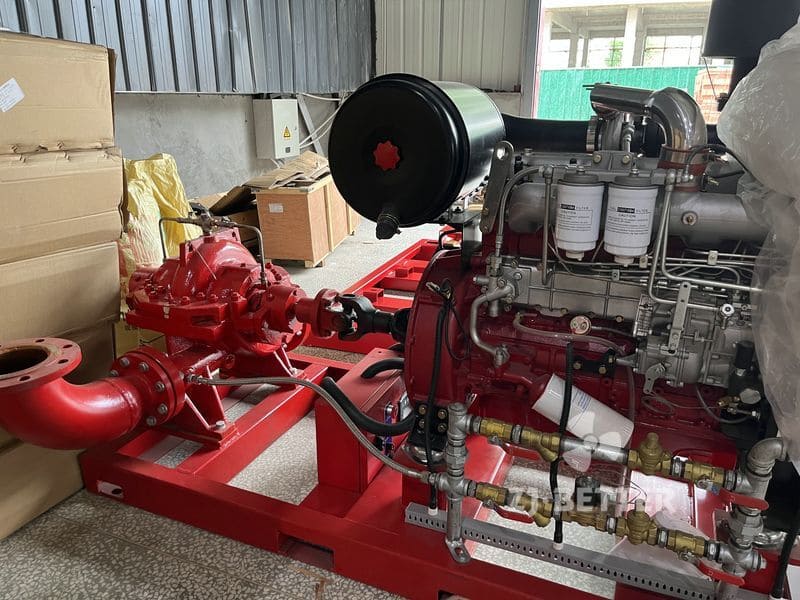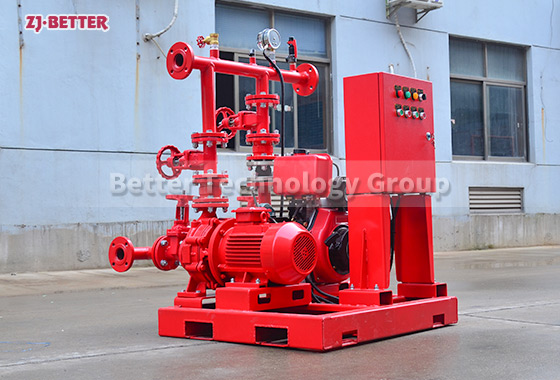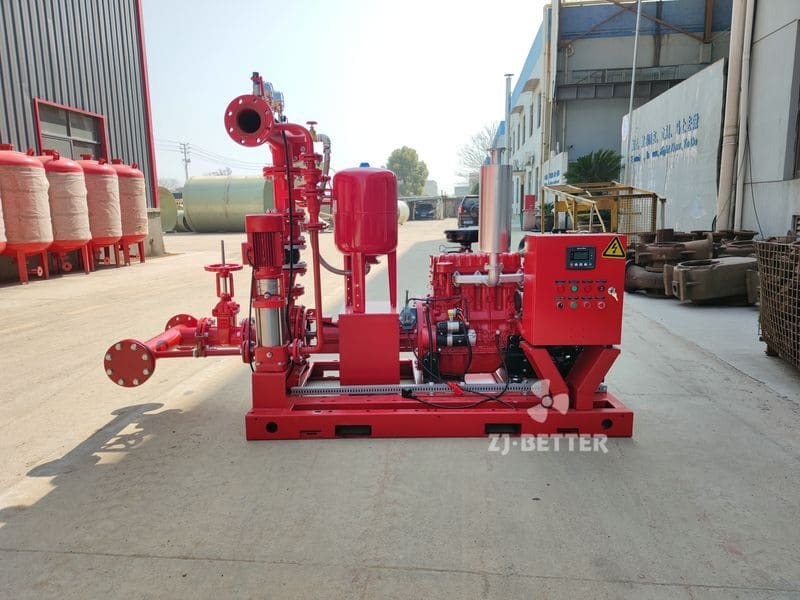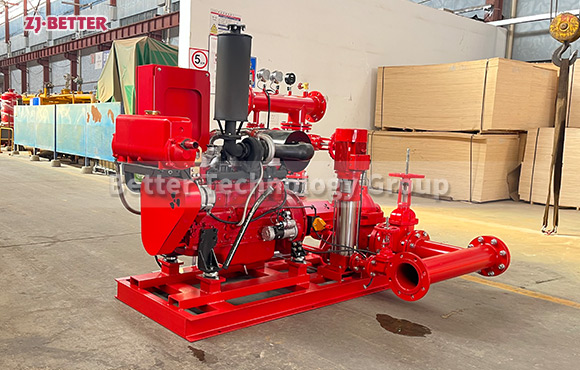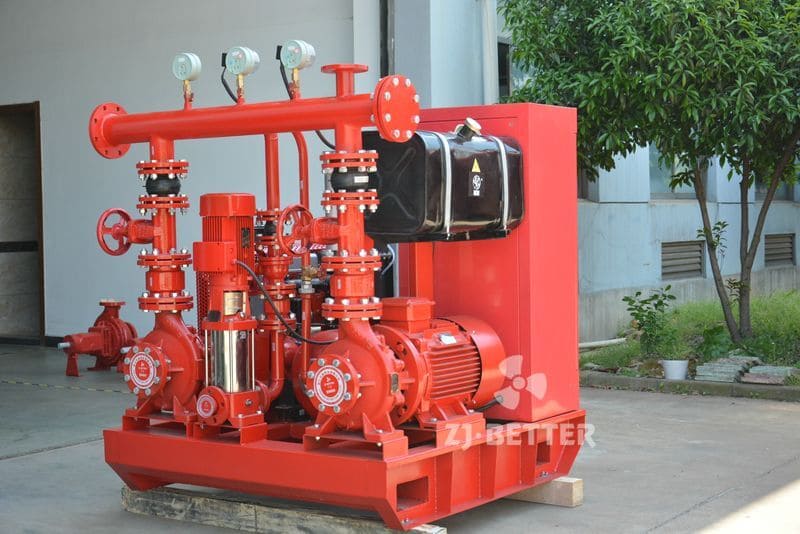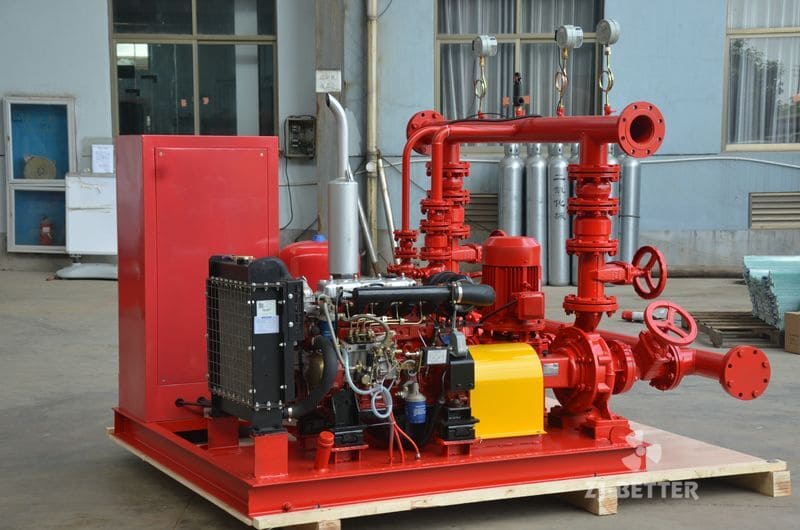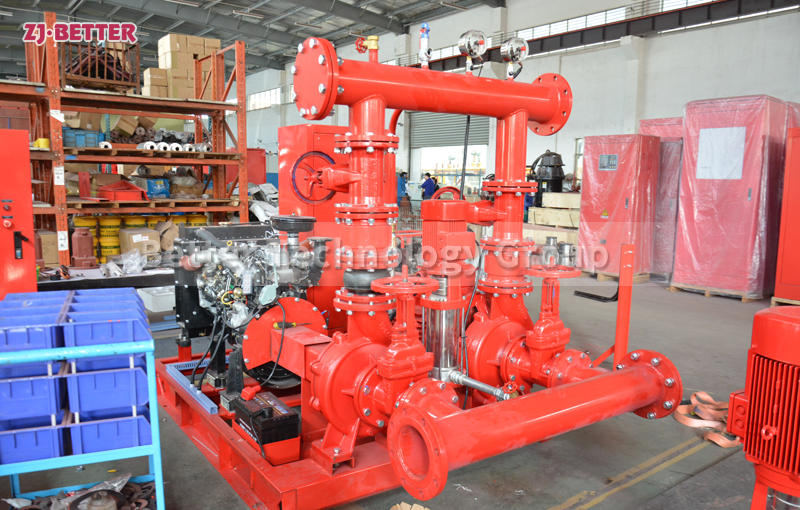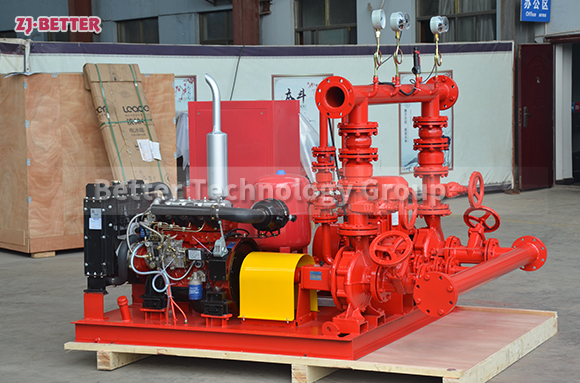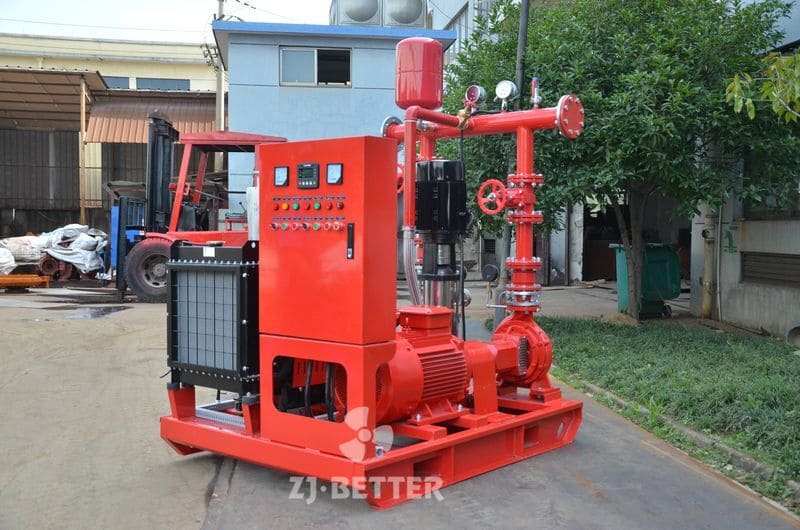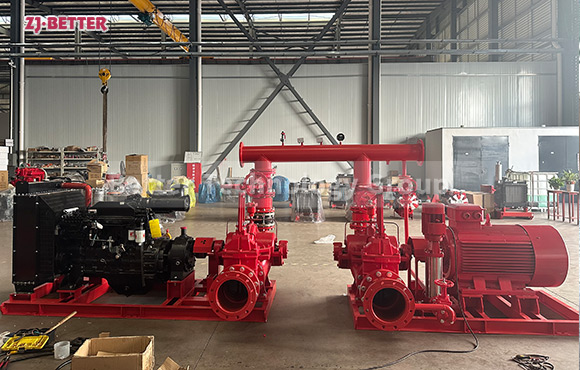Requirements for the working environment of the fire pump group
The fire pump is mainly used to pressurize and send water to the fire system pipeline. It can also be applied to industrial and urban water supply and drainage, pressurized water delivery for high-rise buildings, long-distance water delivery, heating, bathroom, boiler cooling and heating cycle pressurized air-conditioning refrigeration system water delivery and equipment matching, etc.
1. Install the fire pump impeller directly on the extended shaft of the motor. The advantage of this installation is that the structure is very compact and can effectively balance the radial and axial loads generated by the pump operation. In this way, the pump can run smoothly with low noise .
2. There are vertical and horizontal installation methods for fire pumps, which should be installed according to the requirements of pipeline layout.
3. Regarding the installation and maintenance of the fire pump, it is very convenient, and the pipeline system needs to be dismantled.

